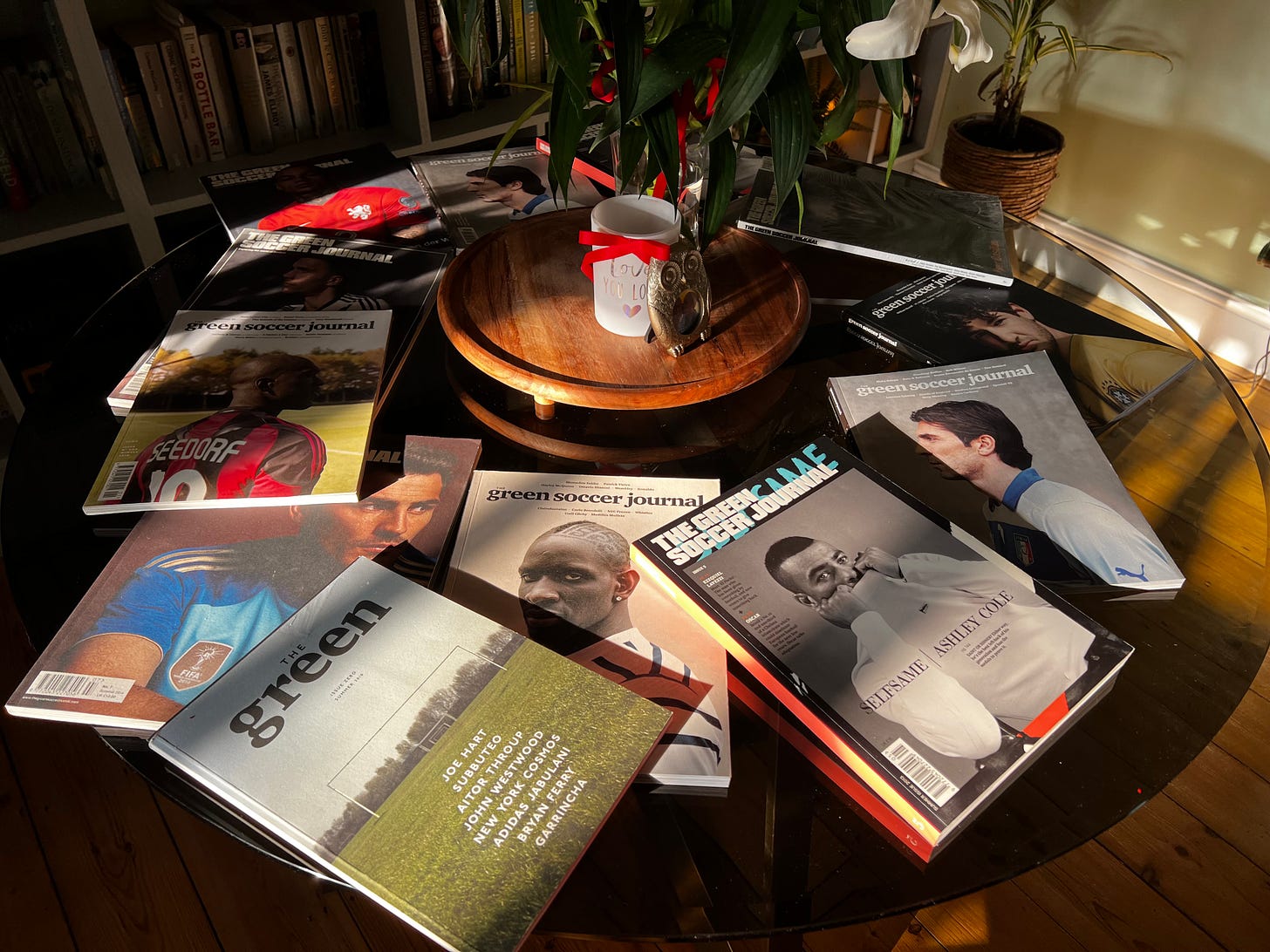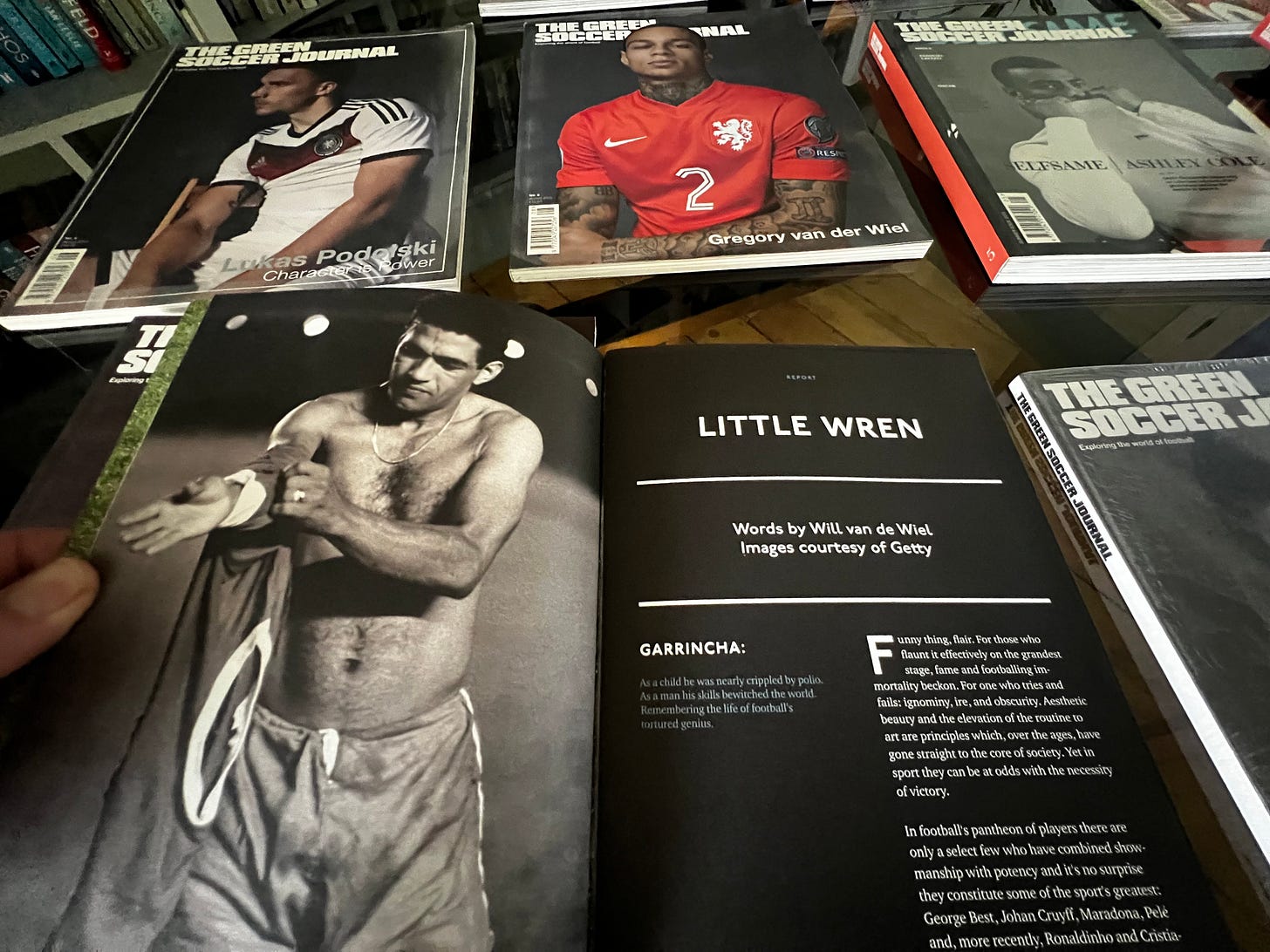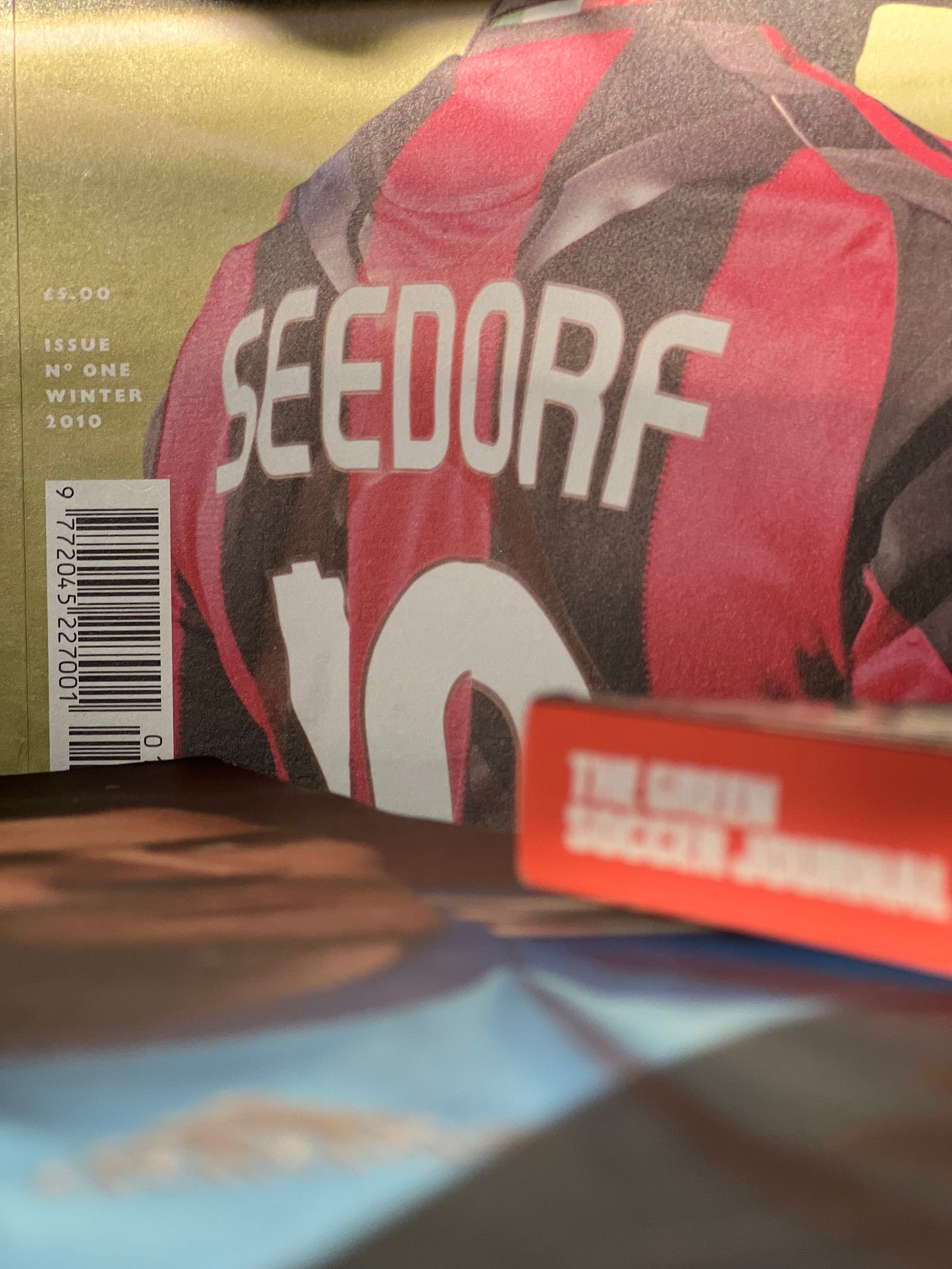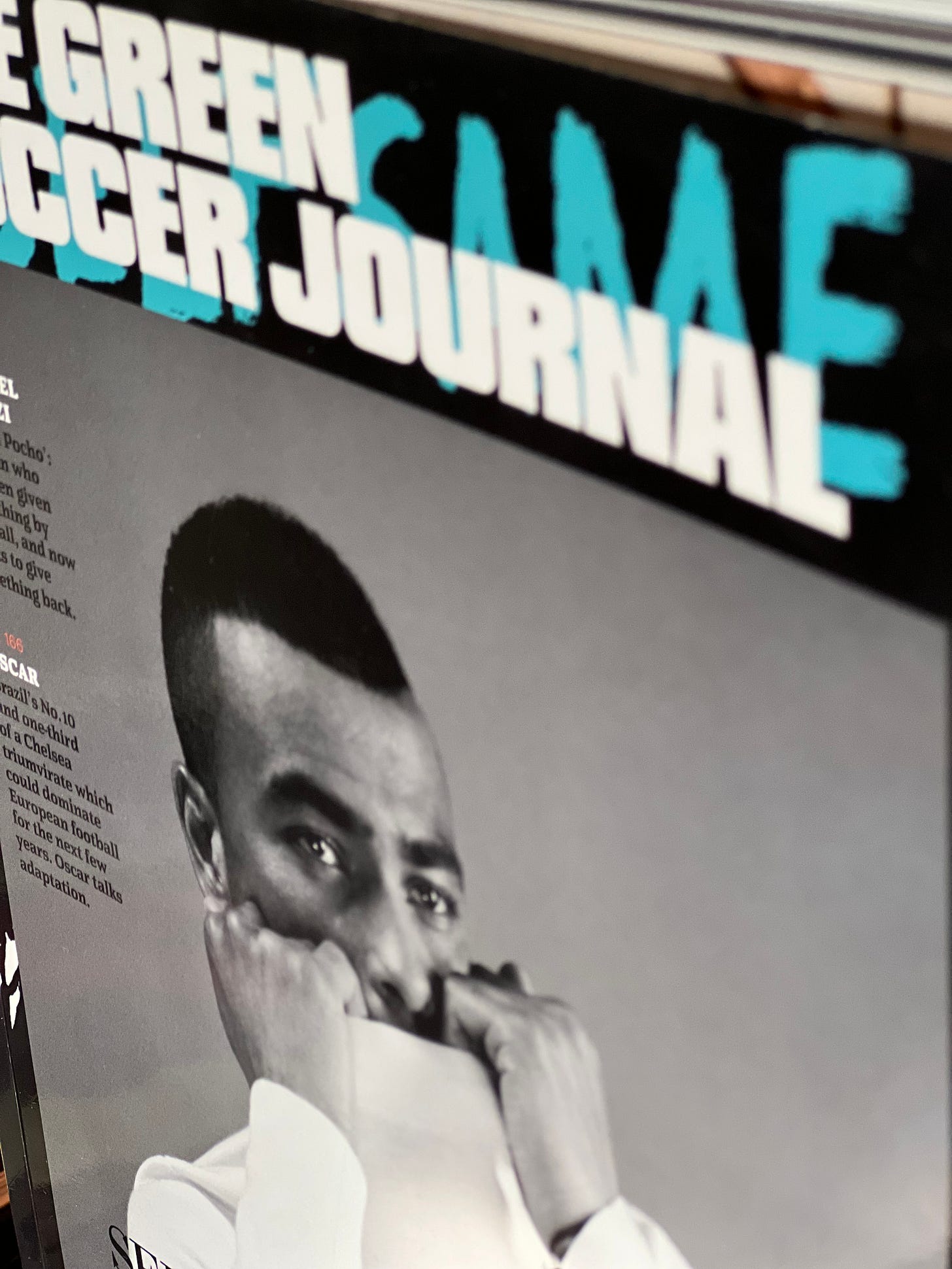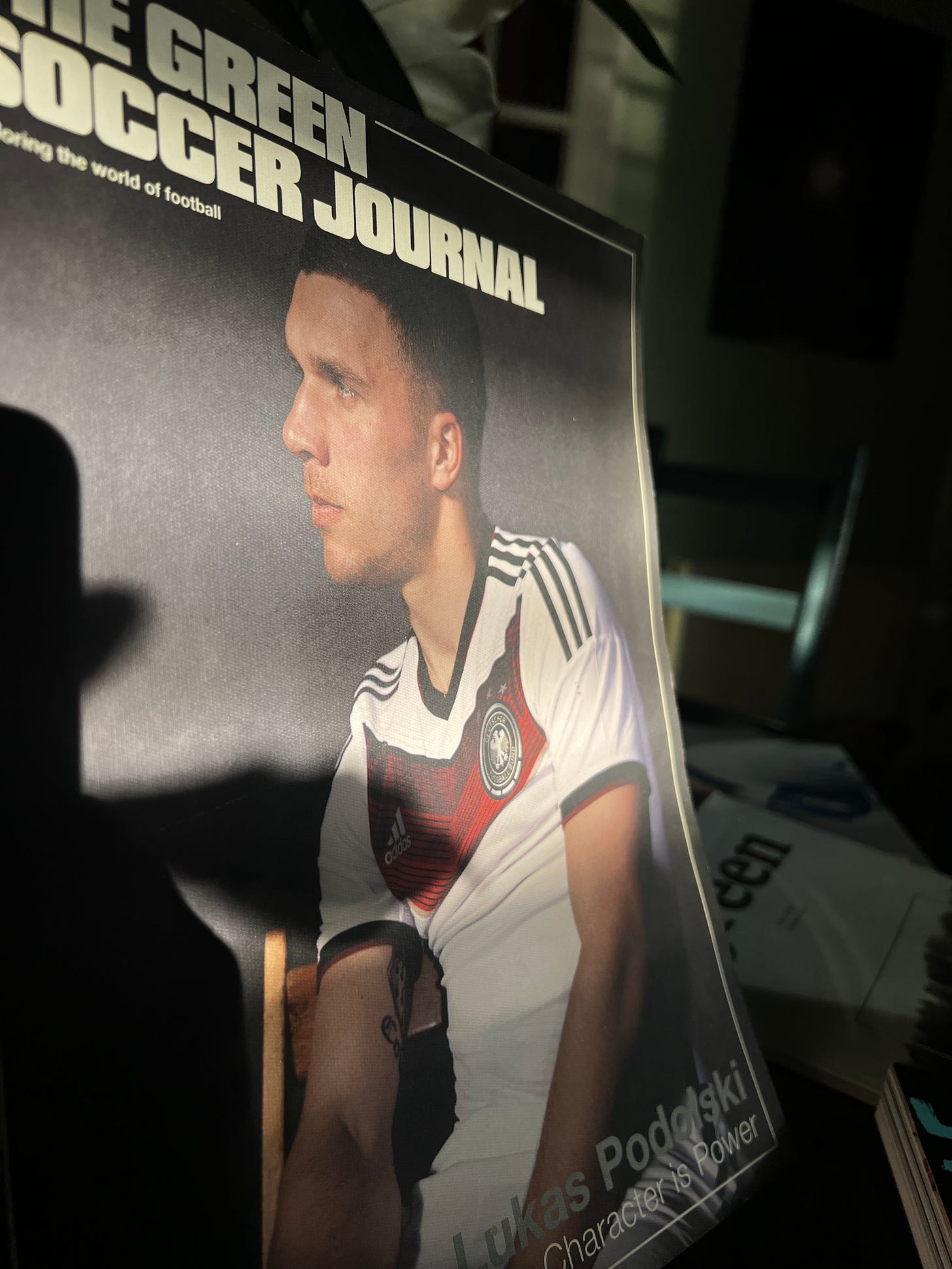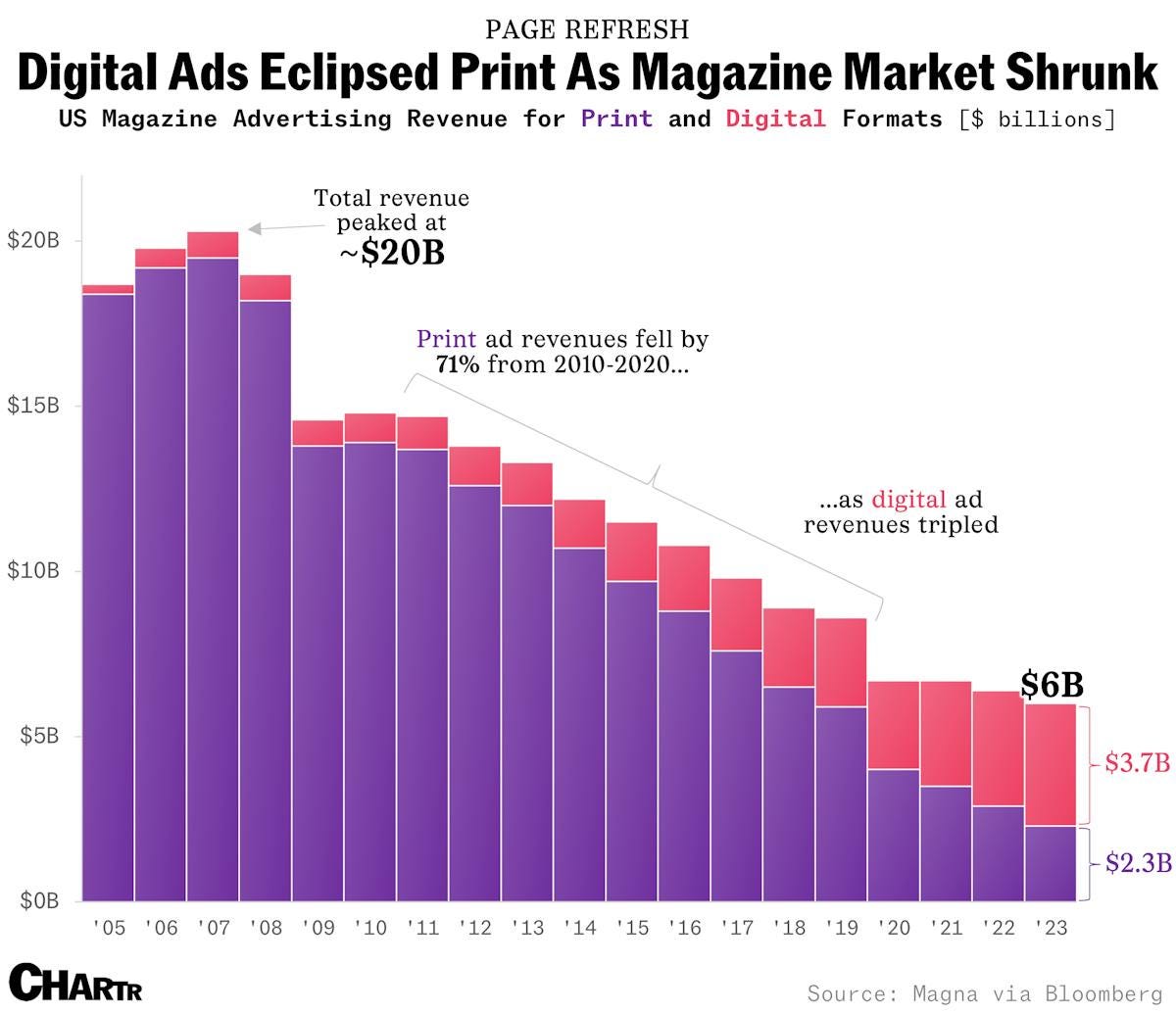The pages are rough, grainy, thick - you can feel their durability & weight, yet your fingers still glide over them with sybaritic indulgence. And that smell. Fresh, earthy, like wood pulp, or aged books where an intoxicating mixture of vanilla & almond arises from the chemical breakdown of the cellulose & lignin.
Nostalgia is borne on the wings of that smell. Days spent flipping through magazines in childhood are conjured from that smell. The unbridled excitement of reading books lives in every breath. Adventures & discoveries. Heroes & heartbreaks.
These tactile & olfactory sensations create a richer connection to the words, far more intimate & personal than any modern day digital alternative.
Perhaps that will change one day, perhaps with the kind of world(s) promised by AI oracle Ray Kurtszweil, in the latest version of his book, The Singularity Is Nearer, where neural implants & augmented realities will engage the senses in the virtual as well as the physical, playable spaces & virtuverses will sound the final death knell for print. But I doubt it, & I hope with all my heart it isn’t so.
At the time Adam Towle & James Roper first printed a pilot issue of the Green, in the summer of 2010 (& I had written my first article for them - a study of why Brazilian icon Garrincha was more revered than Pelé in his native country, which I have promised to share in future) independent publishing in football was rallying after the initial, cataclysmic effect of the internet.
Rob Alderson, writing for Magculture on the fall & rise of the football magazine, said:
Many fanzines folded as supporters flocked online, and forums flourished, empowering and exasperating in equal measure. As in every other sector, print products suddenly had to justify their existence, and in the final spreadsheet reckoning, many simply couldn’t do so. 90 Minutes closed in 1997, Goal in 1998, Total Football and the BBC’s Match of the Day magazine both shut in 2001. A new title called Eleven launched in September 2002; it lasted less than a year.
The Green was a huge risk. Although, of course, digital was still part of the business plan - in an interview with HypeBeast around this time, Adam stated:
If you can find the balance between giving people instant information and regular online updates, as well as moving image and exclusive web content, it all works together nicely. To back this up with a physical element such as a magazine, you stand a chance of appealing to a much bigger market than if you simply worked in print.
But even back in 2010-2015, production costs were still high, & the Green, which peaked at a circulation of about 4,000, was therefore expensive to buy. Copies eventually retailed at around £16 despite starting off around the £5 mark.
Nowadays, digital fatigue & a yearning for the kind of aesthetic experience I’ve described, has seen a renaissance of luxury leisure magazines that focus on niche readership & quality over quantity - not least because printing costs have come markedly down.
Nevertheless, the Green started as a quarterly, but soon became a biannual - & the reason for that was not just to do with expenses.
Existing at the intersection of football, fashion & culture, most of the exclusive interviews came from brands & their tie-ins with footballers.
But as someone who has spent a significant portion of their life interviewing & trying to gain access to sought after sports stars, I can tell you that every step of that process is - usually - bloody difficult.
Even when you overcome all the hurdles to arrange a shoot, conduct an interview & write an article, hoping that you can seed quotes to media outlets to build buzz & gain some exposure, obstacles just appear.
Usually in the form of press officers who keep a tight reign on their clients’ image.
A classic case in point was Ashley Cole.
Back in 2012, Cole had an uneasy relationship with the media. He’d been demonised by the tabloids after leaving Arsenal during a ‘tapping up’ storm (a secret meeting with Chelsea boss Jose Mourinho in a London restaurant earned him, the club & his agent, an FA fine) & an excerpt from his book, My Defence - in which he revealed he left Arsenal because of what he perceived (& hindsight is very much on his side) was a derisory contract offer - was blown out of proportion.
This was before the likes of Raheem Sterling & Marcus Rashford had been able to hit back at the tabloids & highlight their insidious obsession with young, rich & predominantly black players.
His marriage to Girls Aloud star Cheryl Cole (née Tweedy) in 2006 had elevated him to role of bonafide celebrity in the vein of David & Victoria Beckham, & the interest in their life was febrile.
One the one hand, you had one of the most gifted left-backs of his generation - a multiple title winner with Arsenal & Chelsea who went on to procure over 100 caps for his country - &, on the other, an endless supply of stories labelling him a money-grabbing (‘Cashley’), serial cheater; solely responsible for the break-up of their marraige in 2010.
Tabloids live & breathe this dichotomania. I duly came up with the concept of ‘Selfsame’ for the cover, to represent the dual nature of this perception & simultaneously bring these elements into the unity of the man himself.
Cole was gracious, open & spoke about his ordeals in the media. As a result, we had some fantastic quotes. But the PO had stipulated final say, & what we got back when we shared the piece was so heavily redacted it looked something from the MI5 archives.
But what can you do?
Damage the relationship & you risk future opportunities.
This tension exists in all forms of modern day journalism, across all mediums.
In terms of cover concepts, I also came up with ‘Character is Power’ for Lukas Podolski, known for his net-busting, hammer of a left foot, as a riff on a quote by Ralph Waldo Emerson:
Character is higher than intellect. A great soul will be strong to live, as well as to think.
But the feature I was most excited about was a trip to Paris to meet Didier Drogba in 2014.
Not least because I got to ask him about Jose Mourinho, who, during the height of his successes, possessed the kind of unbridled zeal & contradictory behaviour (cruel & kind, warm & icy, intimate & distant) that had elevated him to the quasi-religious status afforded the most potent charismatics (I’ll be sharing Unmasking the Elite: Charisma & the Best Managers in future, too).
Mourinho, Drogba assured me, was a master of the interpersonal.
He’s fair. If you are good and you deserve to play then you play. He's trying to be fair. If you deserve to then you will, if you are not good he will tell you you are not good. If you have problems at home he will say 'ok, take two days off and sort your problems at home.' He has a different approach, he cares about the players. It’s simple.
For players back then, the type of characters rarely seen in today’s game amidst sanitised, academy production lines & the shifting landscapes of norms in regards mental health & sport, he was the ultimate bellwether.
Of his time. Just like the Green.
But it wan’t just the fashion shoots & interviews which made the magazine, according to Alderson:
…witty and stylish and, at its best, thrillingly unexpected.
There were articles on subjects as diverse & wonderful as Existentialism & the Life of a Goalkeeper, Talent vs. Practice, visual essays on fandom, articles on Egotism, on Anxiety & poor performance.
It encouraged thinking about the game in a different way. In fact, around this time the Blizzard emerged, helmed by Jonathan Wilson, also borne of a similar malcontent with football reportage (The look & feel of its print version is eerily similar to the Green).
It has endured, in part, I suspect, because of the greater connections & financial backing at the outset.
Which is good to see.
Business may have changed - publishers distrubute across many channels & print is often seen as a mere marketing tool - & the pandemic accelerated decline & evolution, but trends are buoyant, & market forecasts for 2025 leave some room for hope.
The partial reniassance of the physical; of film cameras, vinyl, bookstores & print media speaks to this.
The Golden Age may be over, but the soul of something can live forever, all you need is people willing to sustain it.
After all, mankind is most moved by what he can see & touch, by what he or she can feel. The primacy of this: of sensation, of interaction & connection, will surely (read: hopefully) never die.
Long live TGSJ.





